Let’s focus on indoor pools
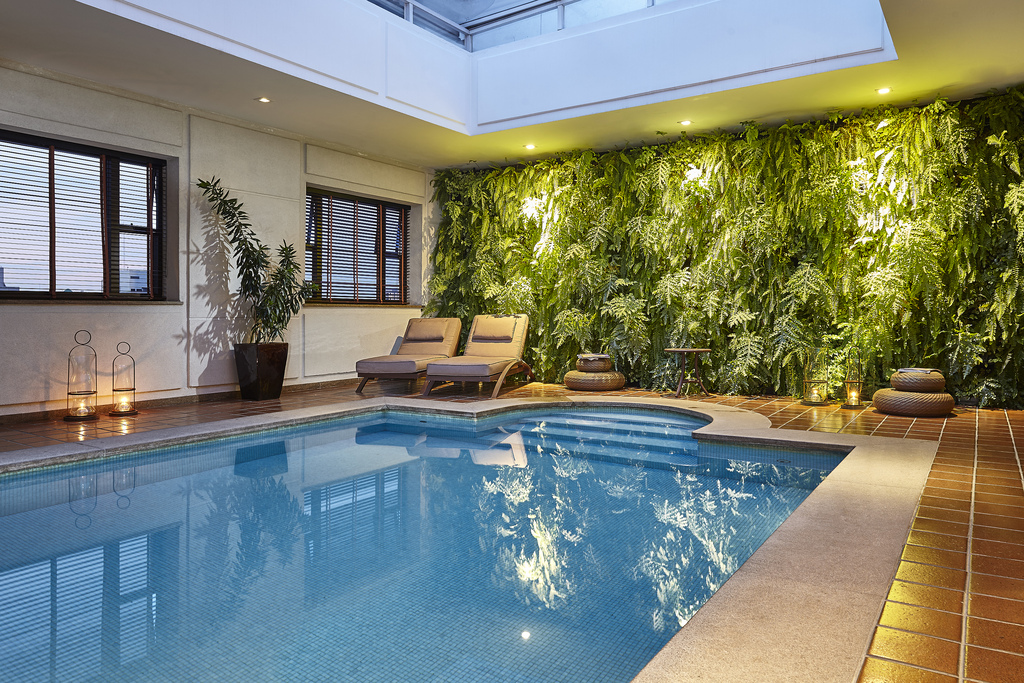
There is a solution that will allow you to enjoy your pool throughout the year, no matter what the temperature is outside: an indoor pool!
The summer is already behind us, as are the long bathing sessions and hours of lounging beside the pool.
However, there is a solution that will allow you to enjoy your pool throughout the year, no matter what the temperature is outside: an indoor pool!
There are many advantages of an indoor pool: you will not need to worry about the weather or the winterizing conditions of your pool, the pool basin temperature will remain ideal, you will be able to swim all year round...…
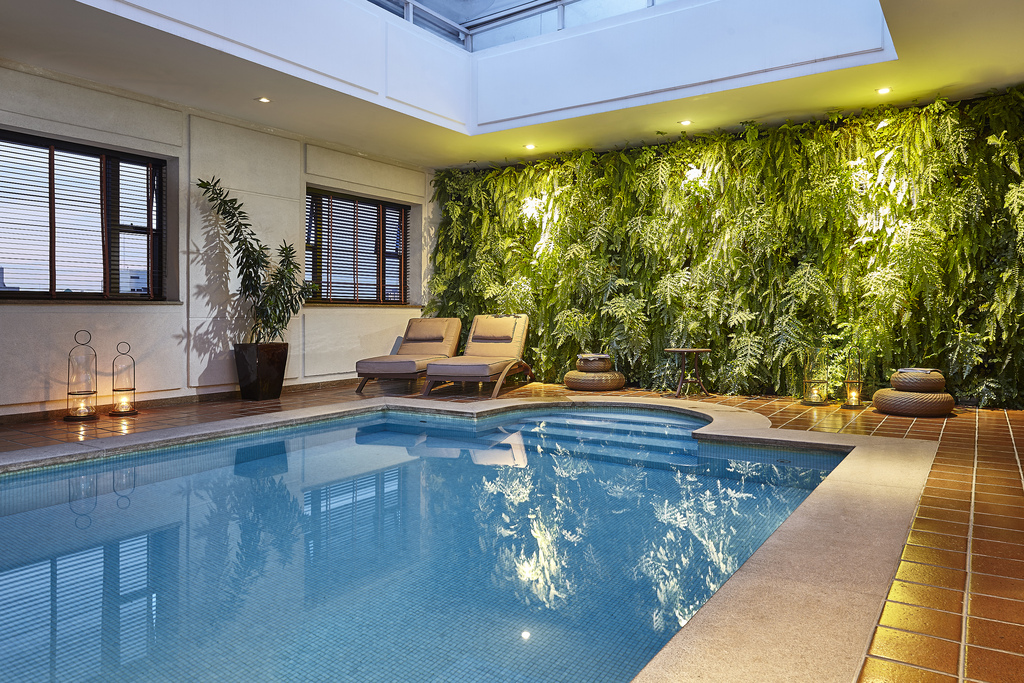
Before launching into the creation of a pool inside your house, you need to think about a few precautions concerning its construction and maintenance, in particular in terms of air humidity and water temperature.
Hayward provides you with a short recap of everything you need to know:
- A building permit is compulsory for construction of an indoor pool, except if you install it in a building that already exists and you don’t modify its external appearance.
- The cost of a pool can be very high, up to twice as expensive as an outside pool (for the same dimensions).
- Your house must be able to accommodate an indoor pool. To be sure of what you are doing, take advice from professionals. The pool must be in a separate area and it is best for it to be included right from the start of construction of your home. However, it is possible to construct an indoor pool in a house that already exists but this will be much more complicated.
- Think about the humidity that the pool will produce, the smells of the maintenance products… It needs to be properly separated from the rest of the house to avoid causing any problems. The best solution is a divide that provides access to the house but also to the garden. Concerning the humidity, a good dehumidifier and ventilation system will be necessary. Ideally, humidity levels should be in the range 60 % to 70 %.
- Also think about noise pollution and select materials that absorb sound or resonance. Indeed, it would be a shame to prevent everyone from sleeping if you go for a swim at night! If it is possible for you, it’s best to install your technical equipment (pump, heating...) in a closed and well-insulated room. You can also select equipment that operates at reduced speed and which guarantees acoustic comfort and energy savings, such as variable speed pumps.
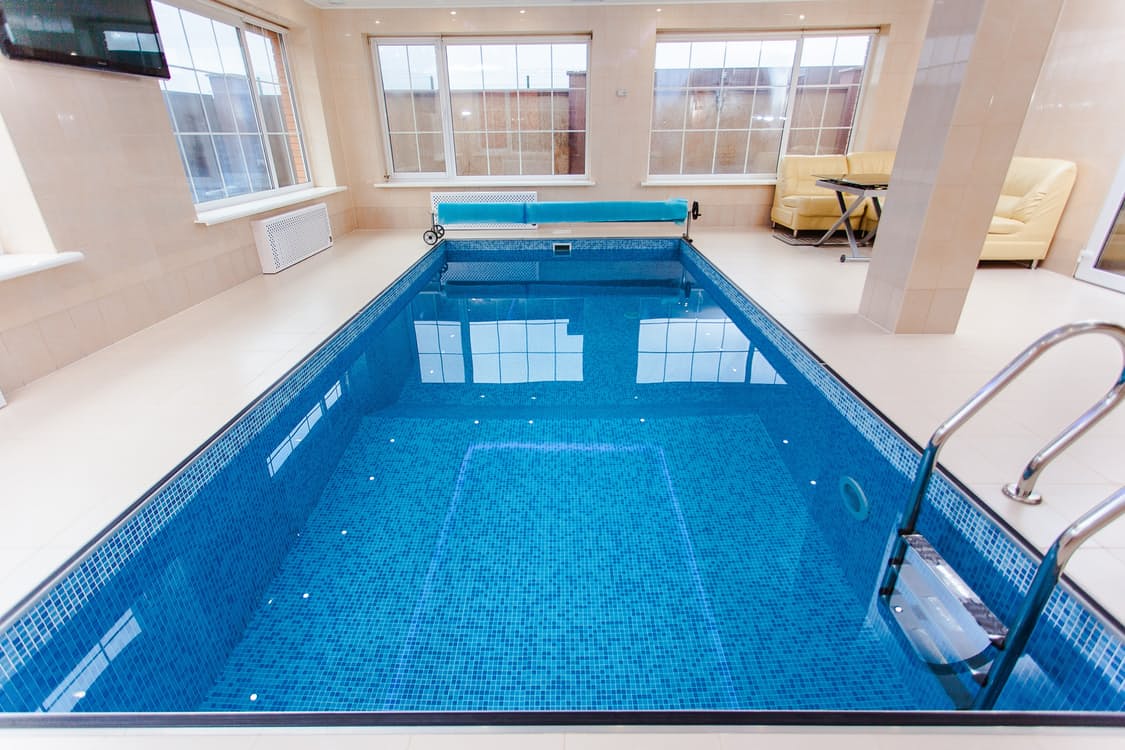
- For the heating system, you can choose between a heat pump and a heater, which can be enough if you only use your pool occasionally. Take note that the heat pump has low energy consumption and will not take up too much space. Hayward has several models of heat pump to suite your requirements.
- Lighting for your pool also needs to be taken into account. Natural lighting is an advantage. Ideally, you can construct the pool inside a veranda with large bay windows.
- An indoor pool can be constructed from wood, concrete or using a kit… The most common type is a concrete pool basin with tiling. Concerning the lining, reinforced PVC is a good solution because liner has not been designed to withstand water heated to more than 28 °C for long periods of time. It is important to know that in the case of wooden and kit pool basins, you will not need a building permit.
- The bigger your pool, the more difficult it will be for you to stabilise its temperature. It is best to choose a small basin with straight geometric shapes.
To finish off, you can add equipment such as massage jets, a spa, LED lighting, or sound equipment to you pool... Features for you to enjoy all year round!
You will like also ...
ALL NEWS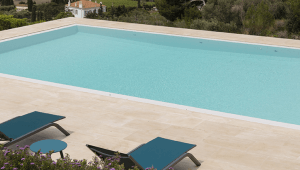 Inspiration for my pool
Inspiration for my pool
Developing your poolside area
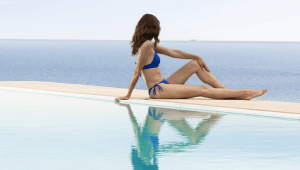 Inspiration for my pool
Inspiration for my pool
Choosing the right filtration pump for your pool
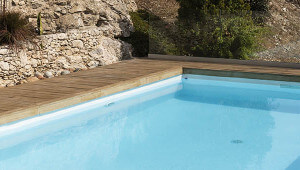 Inspiration for my pool
Inspiration for my pool
Is an eco-friendly pool really possible?
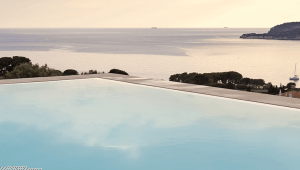 Inspiration for my pool
Inspiration for my pool
The current top five swimming pool trends